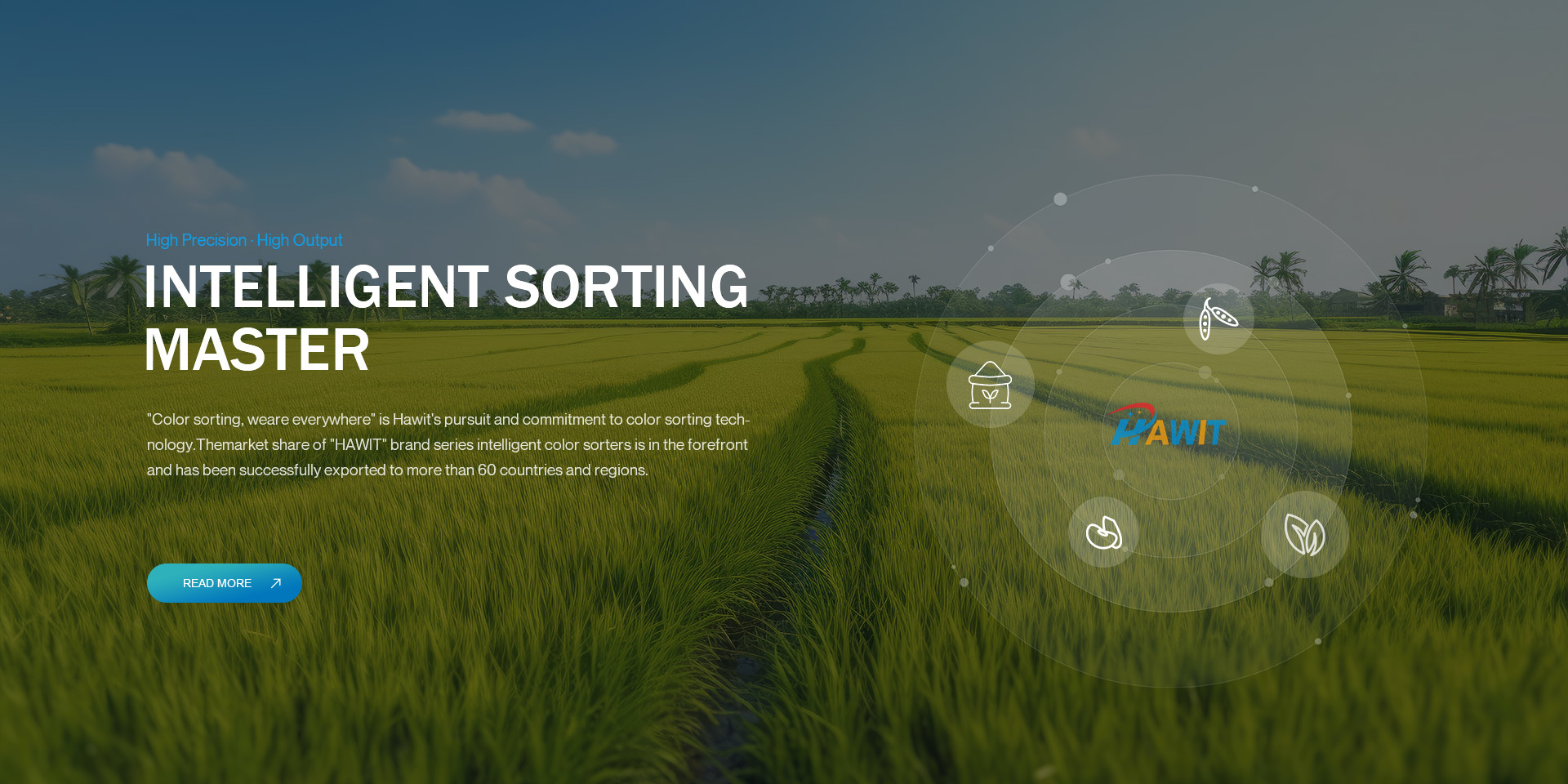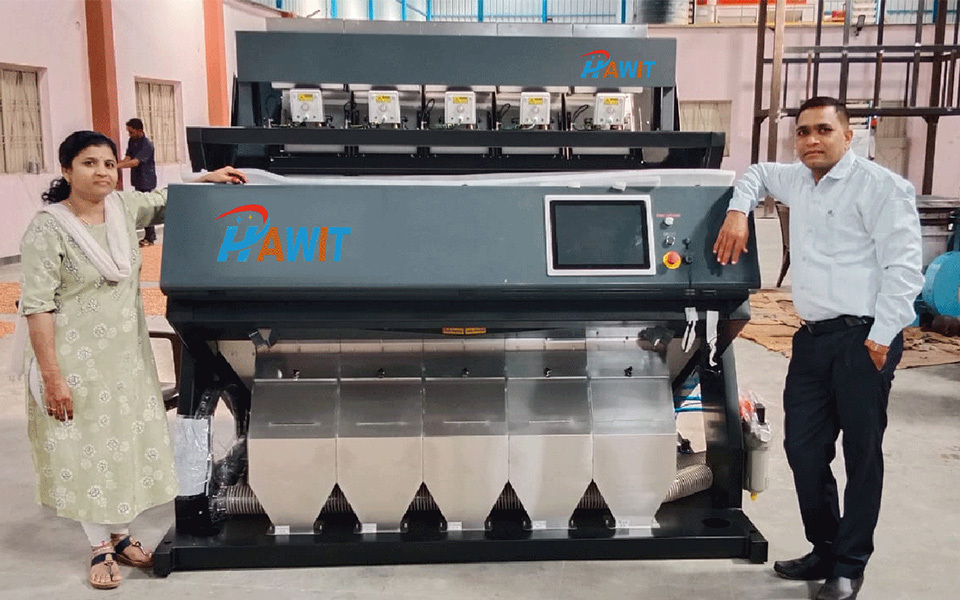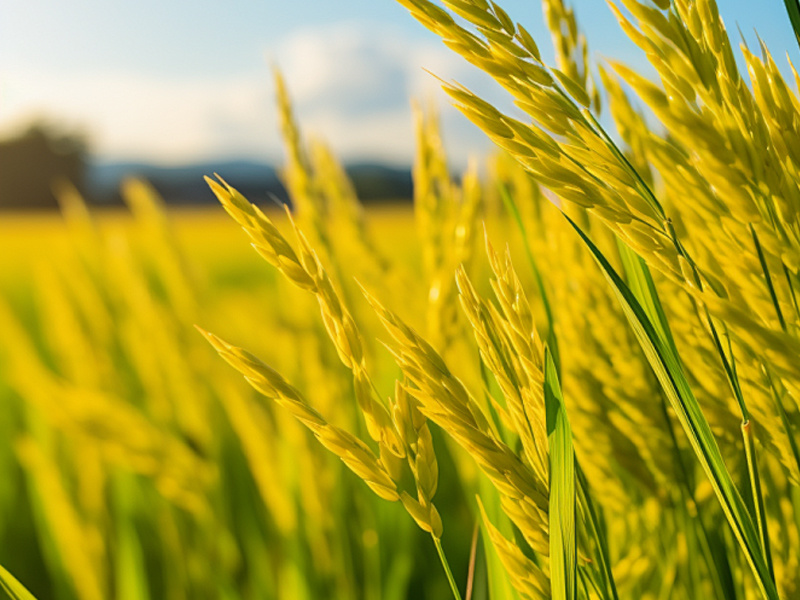
Company Established

Total output value

Company employees

Specialized in providing intelligent sorting equipment
Hefei HAWIT Optoelectronic Technology Co., Ltd., located in Hefei, China, is a high-techenterprise specializing in the R&D, manufacturing and sales of intelligent sorting equipment. After years of development, it has become a large-scale intelligent sorting equip.ment production base with nearly 100 employees and a total output value of more than100 million yuan.
Strict quality management system to ensure the quality of the company's products andservices, in the country and even the world started the "HAWIT" brand. "Color sorting, weare everywhere" is Hawit's pursuit and commitment to color sorting technology.Themarket share of "HAWIT" brand series intelligent color sorters is in the forefront and hasbeen successfully exported to more than 60 countries and regions.

Sorting solutions for
your industry
● 16 million kinds of mixed
● Doule-row concentrating LED light source
● Color reduction degree algorithm
...
● Simulation processing algorithm
● Superalloy high-frequency solenoid valve
● 5400 CCD industrial lens
...
● Five optical wavelengths: red, green, blue, IR1, IR2
● Advanced AI sorting and shape sorting
● Optional: Dual IR or Quad IR configuration
...
● Upper-layer sorting and layer rechecking
● Effectively prevent damage to soft materials
● A customized dual-layer algorithm
...
● Deep learning/Artificial intelligence (Al)
● Intelligent Shape Selection Technology
● Intelligent anti-crushing Technology
● NIR Infrared identification technology (optional)
● Superalloy high-frequency solenoid valve (electro- magnetic ejector)
● Compact design, small yet efficient
● One-touch operation, simple and user-friendly
● Versatile algorithm, powerful in functionality
...
Customer CASES
our Strengths
NEWS INFORMATION
NEWS & EVENT




 READ MORE
READ MORE






